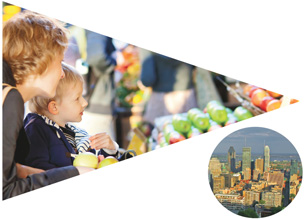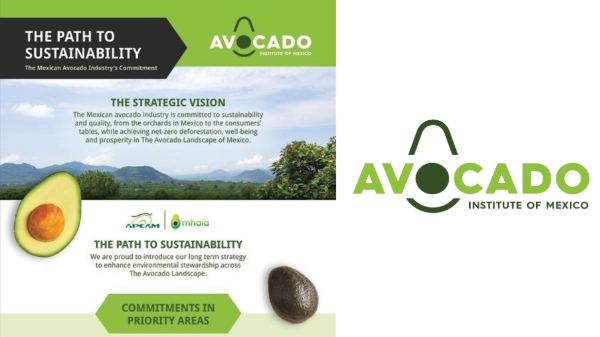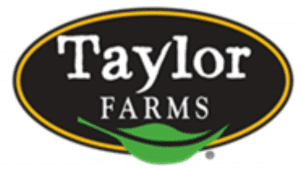Welcome to Blue Book!
Are you ready to join the thousands of companies who rely on Blue Book to drive smarter decisions? View our plans and get started today!
Still have questions? We’d love to show you what Blue Book can do for you. Drop us a line– we’ve been waiting for you.

Pierre Desrosiers, in sales for Chenail, talked about kale as well, pointing out that the vegetable was barely known and not very popular in Quebec a few years ago, but soon became a product with year-round demand. “Customers are looking for diversity,” he notes, “and a healthy product.”
According to Perreault, the big trends lie with “ethnic leafy vegetables” such as bok choy and rappini. Swiss chard was a big hit last summer, along with all colors and sizes of eggplant. However, while these items are finding fame in Montreal and big city markets, “they are not so popular in smaller villages as the ethnic population is so strongly based in the city,” explains Perreault.
Over the past few years, Desrosiers has seen an increase in demand as “customers are more informed about what is coming in from other countries.” He uses papaya as an example, which was very low in demand six to seven years ago, and is now found in all retail stores. He has also seen an increase in other tropicals, such as passion fruit and cherimoya, and Chenail has created a new department to keep up with demand for sourcing exotics, tropical, and ethnic produce.
A Surge in Variety
Quebec has also seen an increase in specialty varieties of common produce. According to the QPMA, baby potatoes, creamers, fingerlings, and a new potato called the ‘Perfect French Fry,’ have increased, although statistically, the potato market has decreased by 40 percent. “We see specialty potatoes growing, but not the overall demand,” says Perreault.
A similar trend is occurring with tomatoes, which have also seen an increase in variety—brown, cherry, yellow—however, “in the end, we’re not eating more. The same shelf space is split,” explains Perreault. Previously, customers might have seen produce from two big growers in stores, now there are five, which gives them greater variety, but of the same commodities.
Innovative Packaging
The region has also seen many changes in packaging, as growers are putting renewed energy into repacking options. Perreault comments that the type of vivid, brilliant packaging they might have seen previously with nonproduce items such as meat dishes or cereal is now being found in the fruit and vegetable aisles.
“We’re seeing very attractive, very intelligent [designs], with amazing color,” Perreault enthuses. In the past year, there have been a number of innovations, many employing insightful marketing with social media applications, as well as better packaging that can maintain freshness and increase shelf life.
Challenges
As everyone is aware, the produce industry will be facing stricter laws regarding food safety and the shipping, storage, and selling of fresh fruit and vegetables. Some rules will place the onus on growers, while others focus on the carriers bringing perishables to wholesalers, retailers, and restaurants. For the latter, new regulations concerning tractor-trailers, such as cleaning trailers between every load, may cause some headaches.








